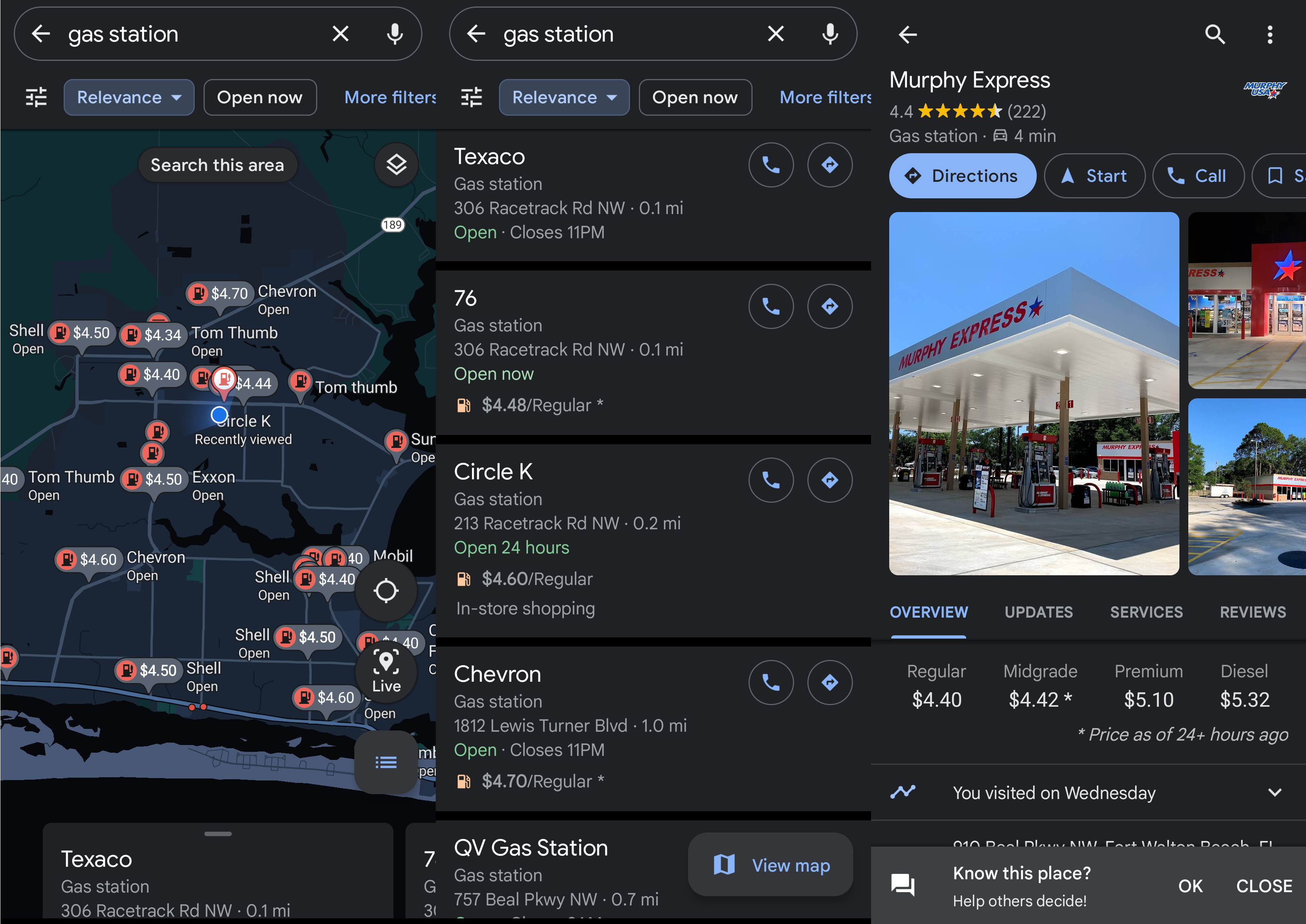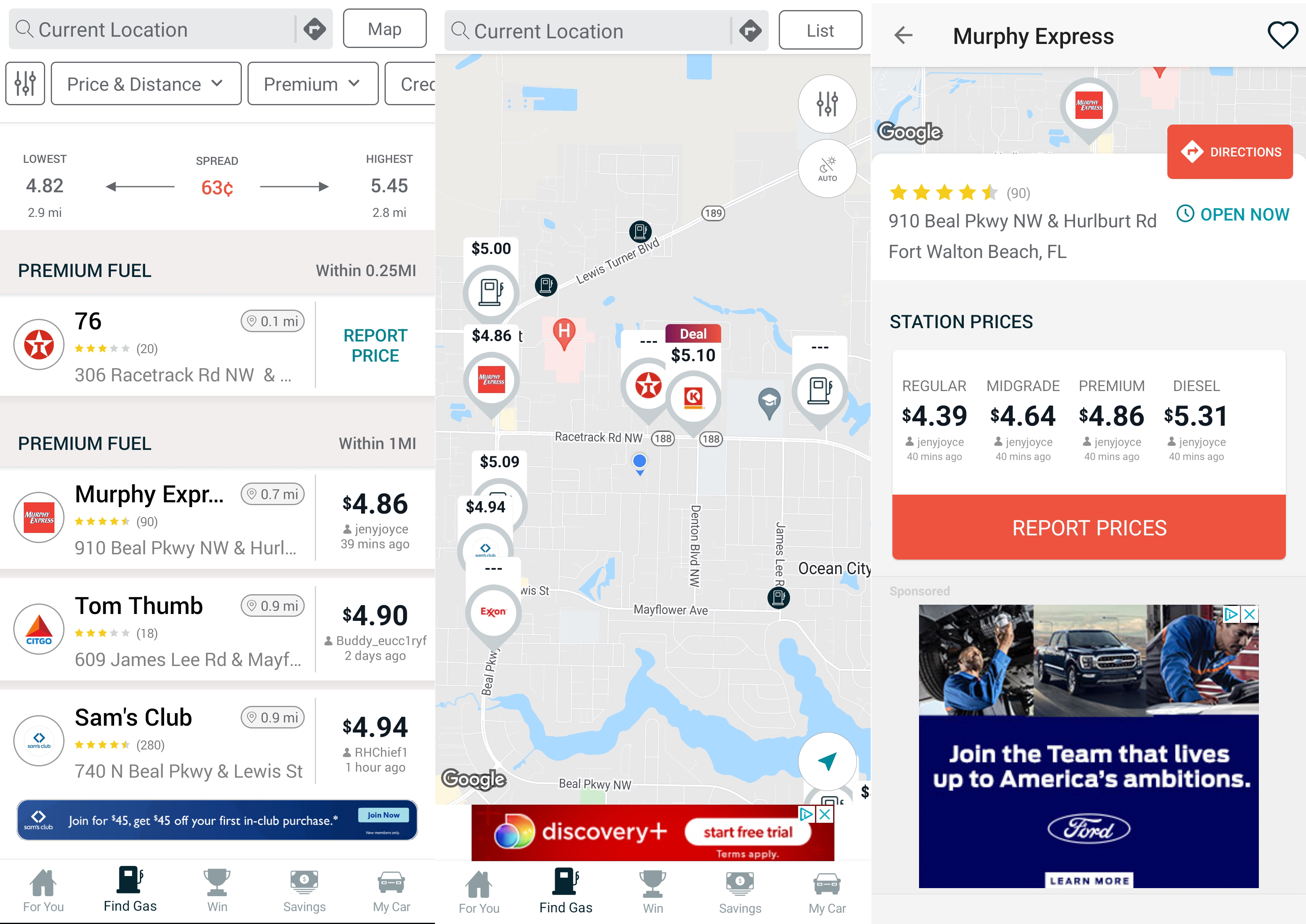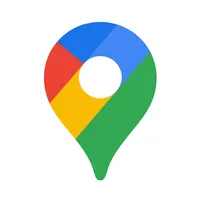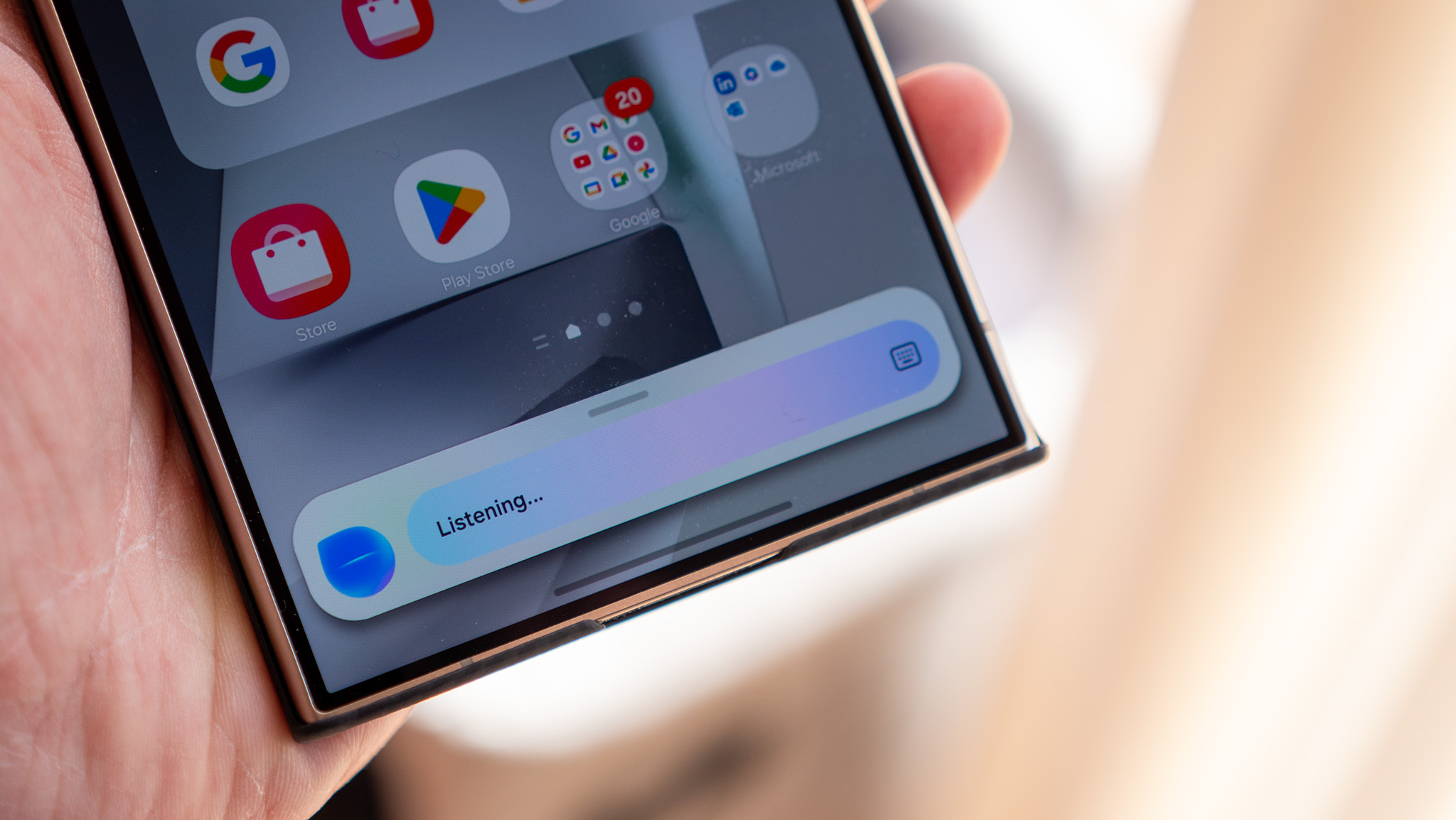Best apps for finding cheap gas 2022
You might already have one of the best apps for gas installed.

Almost everything about getting gas is a pain, from the filthy process of fueling up at a self-service station to the unpredictable ballooning of prices. Luckily for the tech-literate, a number of apps have popped up or been updated to help you manage the rising costs of driving a combustion-engine vehicle. You can also make sure you're up to date on maintenance to get the most out of every gallon.
Take a minute to think about maintenance
First things first, there are a few things to check on your car to make sure it’s running as efficiently as possible.
The first and perhaps largest impact on your fuel economy is tire pressure and alignment. If your tire pressures are lower than your manufacturer recommends, you’re increasing rolling resistance meaning your engine needs to work harder to move your vehicle forward. You can find air at many gas stations or tire shops. Much of the time, mechanics will be happy to give you a bit of air if you’re in need. A wheel alignment is more expensive than a few pounds of air but can help your car track straight, so you don’t need to fight against your car pulling to one side.
You should also take a moment to check to make sure your air filter is clean, and you have no check engine lights illuminated. In an engine, oxygen is just as important as fuel, so making sure your engine has as much as it needs can improve efficiency. Similarly, a check engine light can indicate an issue with your engine management system, such as oxygen sensors, that can affect efficiency.
Most mechanics will check these things as a courtesy during regular maintenance, but it’s not a bad idea to double-check.
Get started with these apps
All of these apps are also available on iOS, so you can use them on one of the best Android phones and still recommend them to friends and family committed to the Apple ecosystem. These apps show the price for regular unleaded gas by default, but you can find premium or diesel with an extra tap. Unfortunately, none of these apps show the price for ethanol-free gasoline, which is available where I live in Florida.
Google Maps

Google Maps is likely already installed on your phone, and for good reason. This app's combination of high-quality mapping, business information, and fuel-efficient trip planning makes it a great companion for any road trip. For example, checking for a more fuel-efficient route to where you're going can make your fuel last longer and, in many cases, only adds a couple of minutes to your journey. Google Maps also has the distinct advantage of showing wheelchair accessibility and can be filtered to show only the stations that accommodate wheelchair users.
Get the latest news from Android Central, your trusted companion in the world of Android
You can simply search for "gas station" to see the local prices on a map or as a list. The app will show regular unleaded fuel by default but tapping through will show prices for multiple grades, including diesel. If there is an asterisk next to the price, the information is more than 24 hours old and may be outdated.
Google Maps sorts stations by distance from your current locations, so there's no way to sort by the lowest prices in a certain radius. If you're currently using the app for navigation, the app can search for stations along your route if you're in need of a top-up. Google will also use data from your navigation to help improve its directions.
Google Maps uses Google's massive database of traffic and business information to help users find where they want to go and the best ways to get there. Google includes recent gas prices for gas stations so you can save on fuel.
Get Google Maps: Google Play store
Waze

Waze has many of the advantages of Google Maps, including navigation and finding gas stations on the way. Waze’s presentation is clear and easy to read, so you don’t have to waste too much time finding a station when you’ve safely stopped your vehicle to use your phone. Waze can’t sort by price, and it only shows regular unleaded on the main list, but you can tap a station name to see all prices.
Waze does make you set up an account to use it, but that also leads to one of its advantages. While Google Maps needs to wait for prices from the stations, Waze users can submit updated prices manually if they spot an out-of-date price. Like Google Maps, Waze uses information from other active users to improve navigation, including suggesting different roads mid-navigation to avoid fuel-wasting congestion.
Waze is a navigation app that uses data from other users to find fast routes. The app can also show upcoming incidents like stopped traffic and construction.
Get Waze: Google Play Store
GasBuddy

GasBuddy isn’t a navigation app, but it has a huge amount of data from dedicated users making its price information more current than the others on this list. This app allows you to filter by fuel grade and can show data on a map or as a list. The list can be set to sort by distance, price, or a hybrid of the two. You will also be able to contribute to the database by updating prices if you see something wrong. You can also see exactly how old the price information is, so if you’re in a hurry, you have a good chance of getting that price.
GasBuddy will show you if there are any other ways to save on fuel, such as sponsored debit cards for stations. This leads to GasBuddy’s biggest problem. This app is annoying to use, thanks to numerous pushy ads. For the most part, they want users to sign up for the GasBuddy card, which offers discounted rates withdrawn directly from your checking account. I imagine that I’m not the only one unwilling to enter my checking account information into this app.
Ignoring these ads, there’s still a strong platform here with lots of good information, and in my area, at least, the community in the app is the strongest of any I’ve found. Finally, you can log your trips and fuel economy to get an overview of your usage and fuel spending.
GasBuddy is focused on saving you money at the pump with a list of the best prices around, additional ways to save, and even has its own gas card. You don't need to sign up for anything to see the best prices.
Get GasBuddy: Google Play Store
One honorable mention is Gas Guru. This app has a simple and effective user interface with sorting and filtering options that are second to none. The app allows you to choose your fuel grade and filter by gas brand, cash discounts, open 24 hours, and others. Unfortunately, I can’t completely recommend this app as its price information is much older than any of the other picks. It does support user-submitted prices, so if you’re a part of a community that is willing to put in the work, this app has the infrastructure needed to be a very useful tool. It’s also very light on ads.
Other ways to save
As explained in a video by Climate Town, gas stations don’t have huge profit margins and mainly use the necessity of a fuel stop to get you in the front door. As such, many companies have membership discounts for customers. Costco is one example that has its own pumps on-site exclusive to those that already shop there. Some other gas stations such as BP have membership programs that give a small discount on fuel.

Another thing to consider is your credit card. Some credit cards get more cash back when you buy from a specific set of brands, often including gas stations. While it makes the math more complicated, it can be worth seeing where you get the most cash back. On a related note, some stations have cash discounts.
Finally, make sure you’re getting the right grade of gas for your vehicle. Some engines are designed to work with higher octane fuels and may achieve better fuel efficiency with the proper grade of fuel. Newer engines are tuned to expect a certain octane, and if something lower is used, it may run a richer mix to compensate.
As a side note, octane ratings in the U.S. are not calculated in the same way as European ratings. An 87 rating in the U.S. is roughly equal to a 91 rating in Europe, with variances from other factors. Your best bet is to just stick to your car manufacturer’s recommendation.
Consider alternative transportation methods
I’ll admit that I’m not going to give up my car without a fight, but it’s important to consider that it may not be the optimal way to get where you’re going. For example, many people could walk a trip of under a mile in good weather. Alternatively, others might easily make a trip of a couple of miles on a bike if they have low-car traffic routes available. Additionally, a daily walk or ride can do wonders for your health and can also count towards your daily exercise goals if you’ve got one of the best fitness trackers.
Finally, there’s public transportation. This really depends on where you live, but if you can take a bus or a train where you’re going, you can save money and reduce your negative impact on the environment. I know public transit isn’t perfect, but if it’s available to you, it’s one of the most economical options possible.

When Samuel is not writing about networking or 5G at Android Central, he spends most of his time researching computer components and obsessing over what CPU goes into the ultimate Windows 98 computer. It's the Pentium 3.



